Although the concentration camps in Germany are well documented, the camps in Italy are not so well known. One reason for this is that although their inmates included many Jewish prisoners as did the notorious German camps, fortunately, those in the Italian camps did not experience same the horrific treatment we often associate with the term “concentration camp.”
One of the most important Italian camps was Camp 59 in Servigliano in the province of Fermo Le Marche on the Adriatic coast. It functioned both as a POW camp and as a concentration camp during the Second World War.
It was under Italian control at first, and then later it came under German control. After the Second World War it became a refugee camp before being closed in 1955 and finally demolished in 1970.
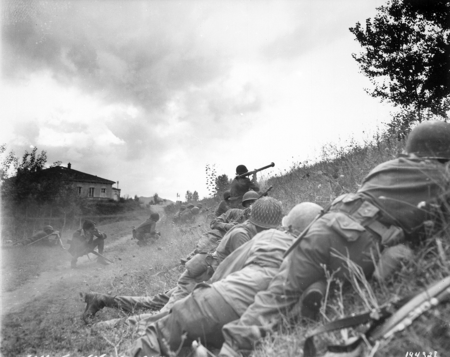
Background
The Servigliano camp started out as a POW camp during the First World War, and during this time it held Austrian soldiers. It was located just on the edge of the town of Servigliano and was connected to a railroad. There were forty huts for prisoners. Guards lived in specially built houses outside the stone wall which enclosed the prisoners’ area.
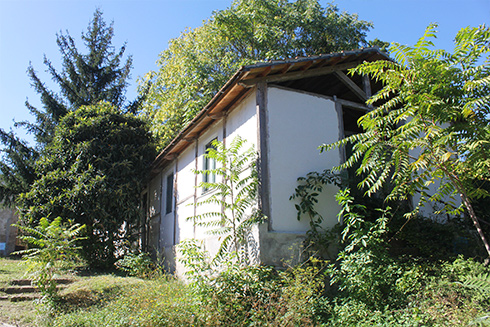
After the war, the prisoners were returned home and the camp was no longer required. About half of the huts were dismantled. It was planned that the area would be returned to public use as a sports ground. However, when WWII began the government decided to put it back into use, so what remained of the old camp was reconstructed.
From 1940 to 1944 the camp held both civilian and military prisoners. These included British, Americans, and Greeks – mostly captured servicemen and women. It also held Jewish prisoners, largely civilians who had been rounded up and were waiting to be deported to Germany.
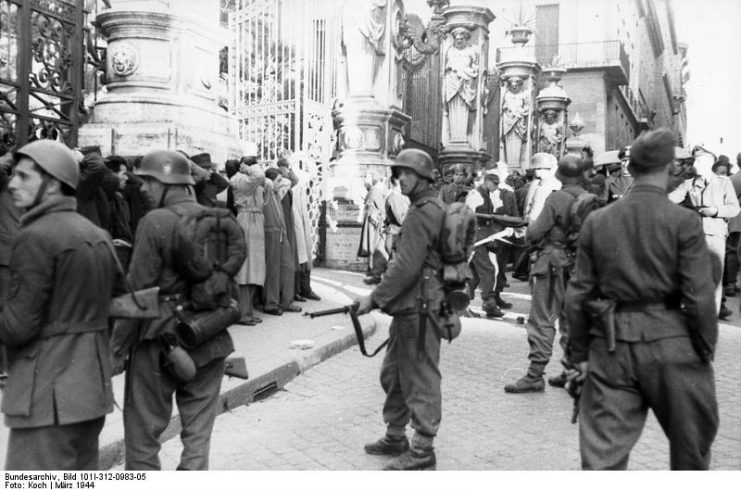
Under German Control
Following the fall of the Italian dictator Benito Mussolini which led to the Armistice of Cassibile in September 1943, Italy was no longer at war with the Allies. The fate of the camp became more uncertain. The prisoners were no longer considered enemies of the Italian State, but Germany was quickly gaining control of the country. There was now a fear that the camp would come under the control of the Nazis.
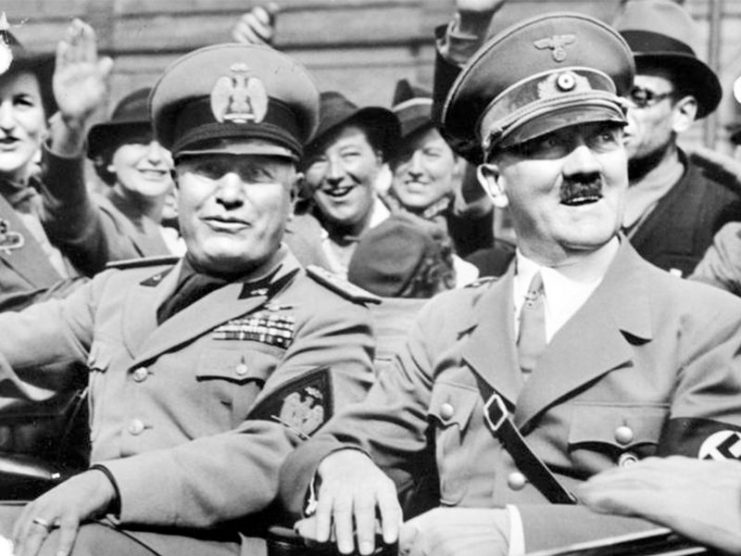
Fortunately for the prisoners, the camp was no longer as secure as it once had been. On September 14 many of the prisoners took advantage of this and were able to escape through a hole in a fence. Some prisoners headed south with the help of locals who showed great generosity and hospitality towards them.
One American soldier developed a fever after trekking for miles in the rain. Fortunately, he was treated by a local doctor and persuaded to rest. The doctor not only provided medicine but also took him to a cave where he could hide until in safety until he was well enough to continue his journey.
Others who escaped were hidden in a local church of St. Michael. In the medieval church, there was a secret room where the monks used to hide all the gold and church treasures during raids over the centuries.
The secret room could only be reached by using a ladder. It was unlocked and made available to the prisoners as a hiding place. One local resident remembered how her grandmother used to go out and climb the ladder to take food to the prisoners.
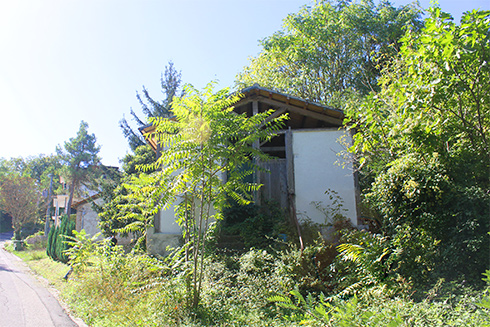
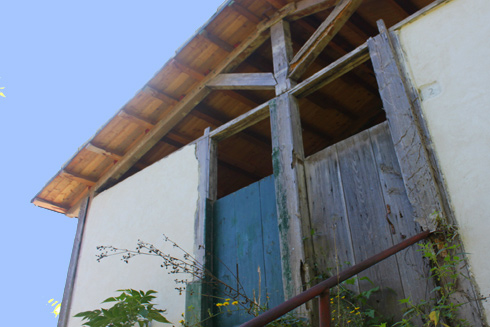
Other former servicemen spoke in later years of the generosity of the host families who took them in at this time. Some forged strong friendships and returned to the areas later in life to visit the families who helped them at this critical time in their lives.
In particular, the escaped prisoners remembered the abundance of food offered by their hosts after the meager rations they had experienced in the camp. Because of the number of farms in the area, food was still fairly plentiful despite the impact of the war.
However, not all the escaped prisoners were so lucky. Some were recaptured and either returned or sent to other camps. By the end of October, the Germans had taken over the camp.
More prisoners were now brought in. This time, in keeping with Germany’s activities elsewhere, the prisoners who arrived were mostly Italian Jews as well as refugees who had come to Italy to escape Nazi persecution elsewhere in Europe.
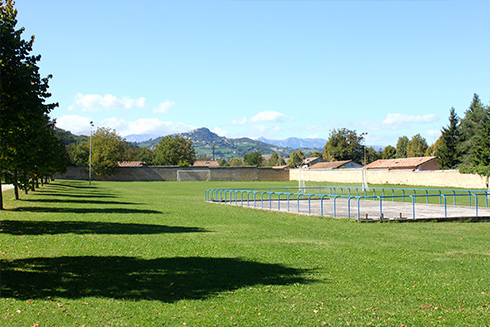
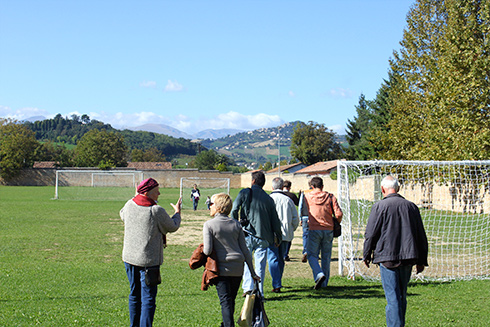
Further attempts to escape
Italian partisans made a number of attempts to free the prisoners. The first was on March 6, 1944 in which a small number escaped. Less than three weeks later the partisans made a second attempt. This time they were able to take advantage of bomb damage which had made the building easier to escape.
From the prisoners’ point of view, the risk of bombing may have made the need for escape seem more urgent. This time many of the prisoners were able to escape. However, on leaving the camp the Jewish prisoners who were the main occupants by this time faced other problems.
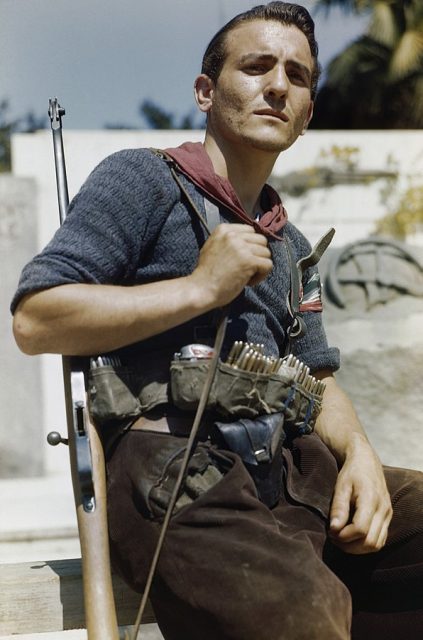
Although the local Italians were known for their hospitality and had shown it in the past, the extra dangers to local people for sheltering Jewish prisoners meant that food and shelter were harder to find. In the end, some prisoners actually returned voluntarily to the camp rather than starve.
Prisoners were still being sent to the camp, with sixty more arriving in May 1944. But another break-in by the Italian partisans allowed more prisoners to escape. Later that same month, with the Germans on the retreat in Italy, the camp was abandoned and officially liberated on June 19, 1944.
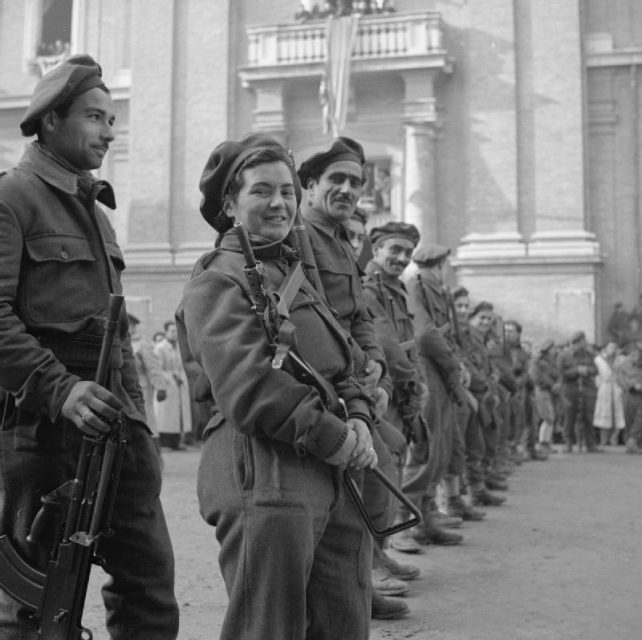
After the war
After the war ended the camp remained in use. From 1945 until 1955 it was used as a refugee camp for displaced people fleeing the wars in Libya and Ethiopia. In 1955 the camp was officially closed, and it was completely dismantled by 1970.
For more info of the Allied Servicemen who were Prisoners of War at Servigliano Camp, you can visit Camp 59 Survivors.
Although none of the original structure remains, many Americans have kept in touch with the families who helped them following the escape from the camp, and some have also returned to Servigliano to introduce their families to their former hosts and visit the former site of Camp 59.
